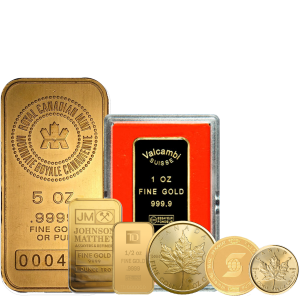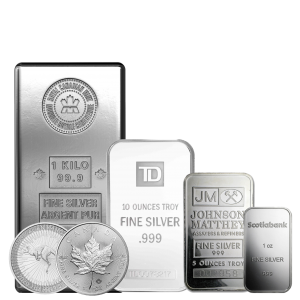

Indian Cent (1859 - 1909)


Image Courtesy of Professional Coin Grading Service (PCGS.com)
Indian Cent (1859 - 1909): A Classic Piece of U.S. Coinage
Throughout its long history, the United States Mint has produced a wide variety of coins at different times. The penny, which is worth one cent, is one of the earliest types of coins that were ever produced. The Indian Head Cent took the place of the Flying Eagle Cent in 1859.
Overview
Between 1859 and 1864, a mixture of copper and nickel was used to make cents. The planchets were noticeably thick, and their colour was much brighter than the dark copper colour of Large Cents. The Indian cent was made lighter in 1864, and its metal composition was changed back to bronze, which is an alloy that is mostly made of copper. This action was partially a reaction to the Civil War tokens that were minted privately.
The Indian Head Penny was designed by James Longacre, who is the acting engraver of the United States Mint.
- • The obverse of the coin features an image of Lady Liberty adorned with a Native American headdress. The currency's one-of-a-kind status is due to this distinctive creative choice.
- • The reverse side originally had a simple laurel wreath (1859), but it was changed to include an oak wreath and a shield (1860-1909).
- • At first, each coin had a diameter of 19 mm and a weight of 4.67 grams. However, in 1864, the weight was decreased to 3.11 grams.
Important Types
There are several important dates and types of the Indian Cent that collectors value, including:
- • 1864-L: This version is one of the rarest since it has Longacre's initial "L" on Liberty's ribbon.
- • 1877: The year with the fewest coins produced in the series, which makes it very sought after.
- • 1908-S and 1909-S: The only two Indian Cents minted in the San Francisco Mint, both of which are highly sought after by collectors.
Collectors' Pick
Because it is inexpensive and has historical significance, the Indian Cent continues to be the numismatist's coin of choice. Specimens that are in good condition, especially those from important dates, can be sold for a much higher price than what they were originally bought for.
Age also helps these coins to be appealing. Rarely lasting more than 100 years, coins are prized by collectors since many of them remain in great condition.








